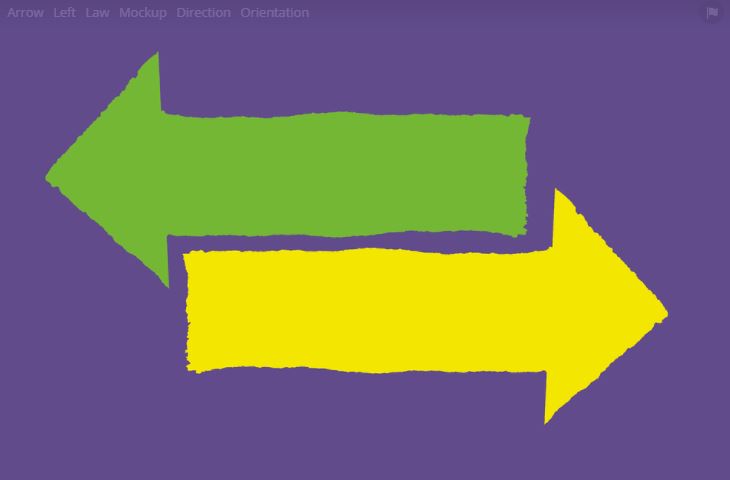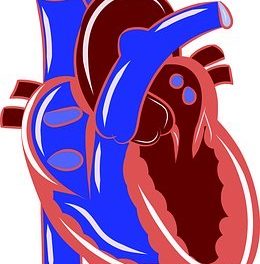Treatments for type 2 diabetes have improved markedly over the last decade, with new medications that can normalize sugars, and help reduce weight. Bariatric surgery can normalize sugars and improve weight as well. Sometimes, with lifestyle changes alone, some people are able to normalize sugars without medication.
Thus, patients and health care providers often ask me if they have ‘cured’ their diabetes with their lifestyle approach, their diabetes/weight loss medication(s), or bariatric surgery.
While we do not have a cure for type 2 diabetes, it is possible that any of lifestyle change, medication, or bariatric surgery, could induce ‘remission’ of type 2 diabetes.
While it sounds semantic, the distinction is actually important. CURE suggests a permanent fix, whereas REMISSION correctly identifies that the type 2 diabetes has ‘gone away for now’. Because a person with type 2 diabetes is often genetically prone to type 2 diabetes, and because the insulin-producing pancreas is already tired at the time that type 2 diabetes is first diagnosed (beta-cell fatigue in ‘medicalese’), and because weight (in people who struggle with elevated weight) tends to go up with time (thereby increasing the body’s resistance to insulin), the tendency is that T2DM in remission is likely to come back at some point down the road. The terms ‘resolution’ or ‘reversal’ should not be used for the same reasons.
A recent Consensus Statement was jointly published by four preeminent medical journals, guiding us on what exactly defines diabetes ‘remission’ these days. This international group was convened by the American Diabetes Association, and defines remission of T2DM as follows:
- A1C <6.5% at least 3 months after stopping glucose lowering medication, or
- A1C <6.5% at least 6 months after beginning a new lifestyle intervention (6 months, because the onset of benefit and stabilization can be slower with lifestyle approaches), or
- A1C <6.5% at least 3 months after bariatric surgery
When HbA1c is felt to be unreliable, a fasting plasma glucose of less than 7 mmol/L, or an estimated A1C of <6.5% as calculated from a continuous glucose monitor can be used.
If remission is established, the authors recommend that A1C is checked every 3-12 months to confirm that remission continues. My suggestion would be to check more frequently at the start (eg every 3 months for the first year) to ensure there is not a quick recurrence of T2DM.
From there, they advise that blood sugar control should be assessed at least yearly.
In addition, screening for diabetes related complications should still be undertaken in people who are enjoying remission from their diabetes, because complications can still occur due to damage that occurred before diabetes remission occurred. This regular screening should include:
- retinal (eye) check
- blood and urine tests to assess kidney function and health
- foot exams
- blood pressure measurement
- following weight
A couple of additional points about T2DM remission:
- Remission is more likely in earlier T2DM, because the pancreas is less ‘tired’ (better beta cell function).
- Even if your diabetes goes into remission and then returns, the time spent in remission is still a good thing – time spent with normal sugars helps to prevent onset or progression of diabetes related complications (the legacy effect).
BOTTOM LINE: While type 2 diabetes cannot be cured, it can go into remission. If it does, it’s important to continue monitoring blood work with your health care team on a lifelong basis, as type 2 diabetes often recurs.
Share this blog post using your favorite social media link below!
Follow me on twitter! @drsuepedersen
www.drsue.ca © 2021












